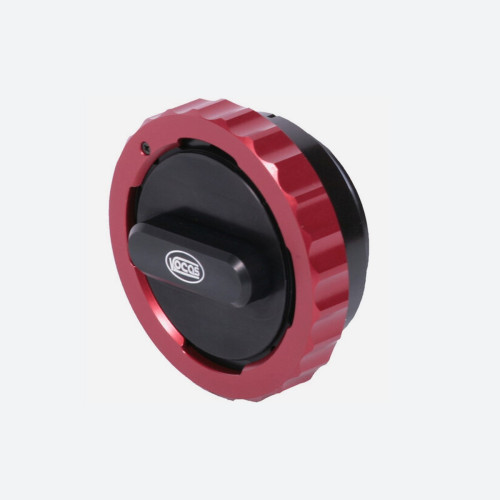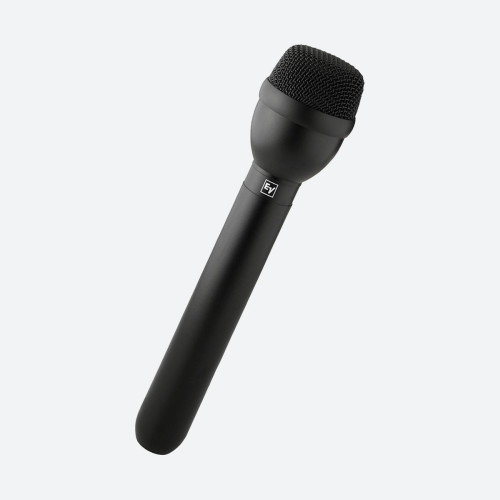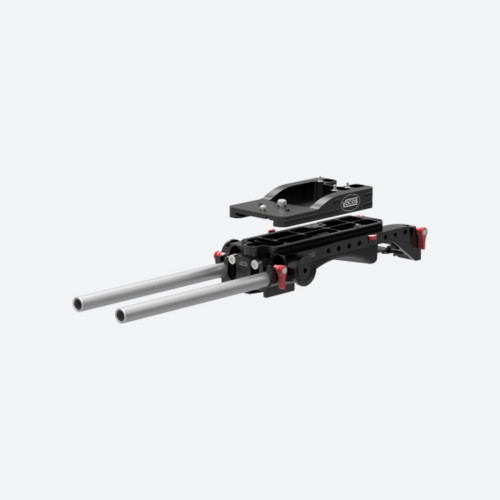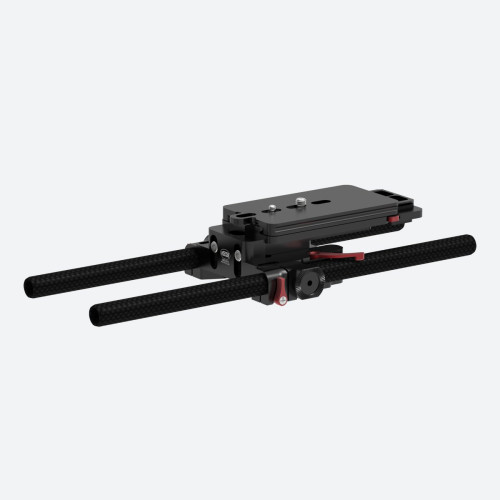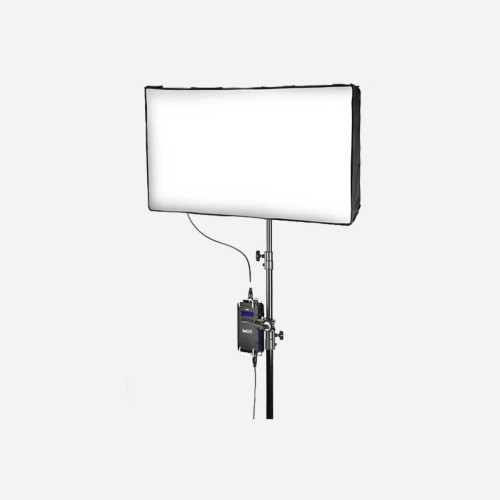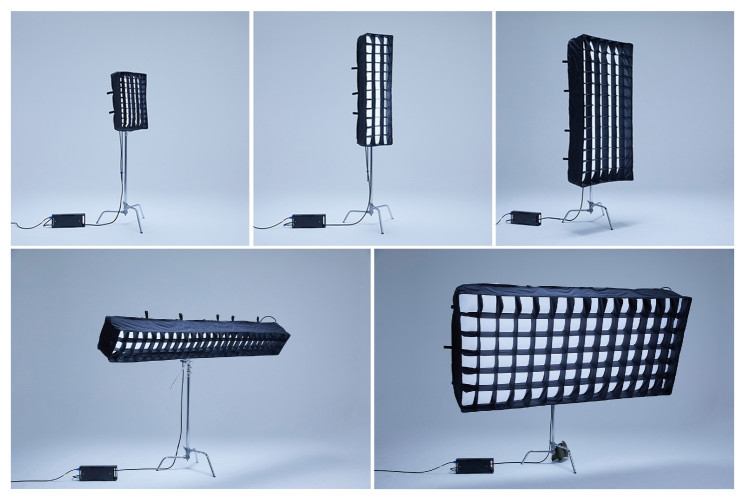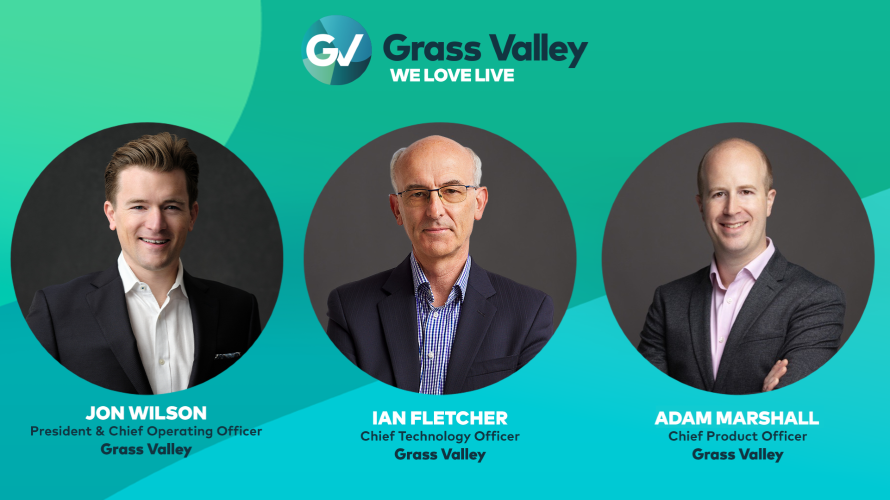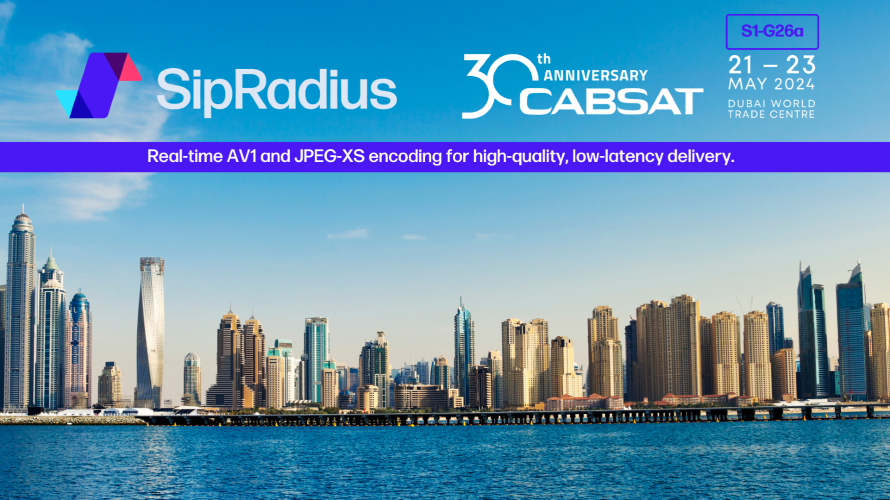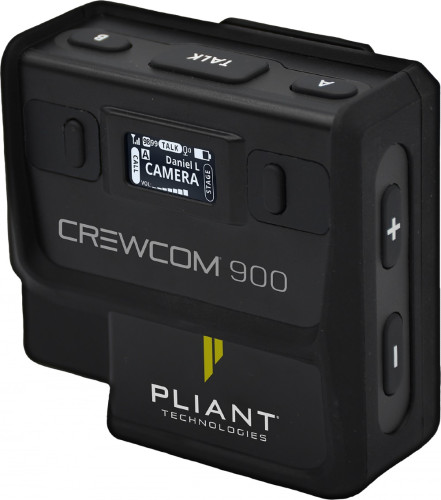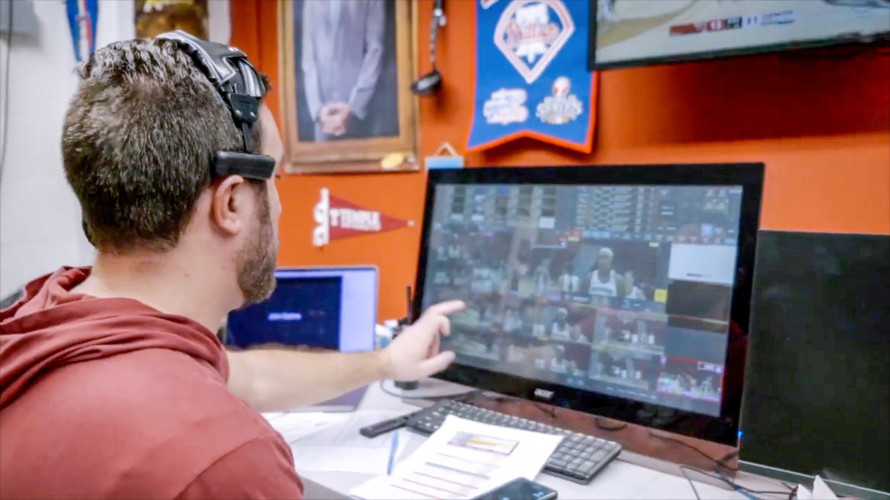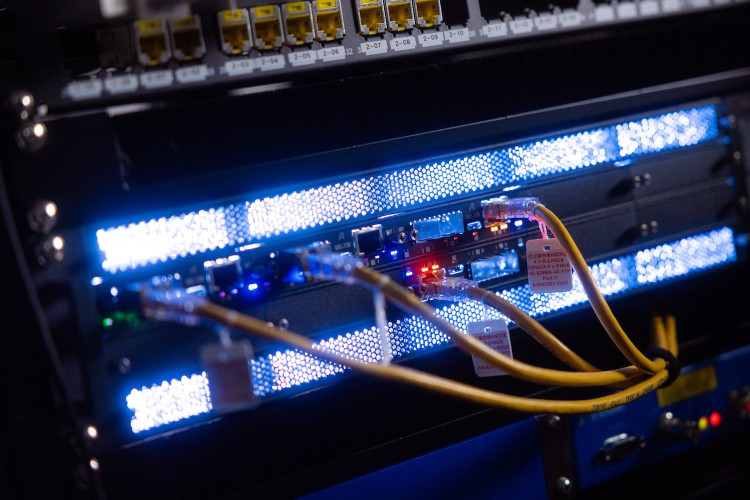LightLighting Sky News at the Gherkin

Author: Bob Pank#
Published 1st August 2010
Jeff Randall Live is a new flagship daily business update on the Sky News channel, broadcast from Sky’s Gherkin studio in London. A recent addition to the City skyline, the Gherkin is located at 30 St Mary Axe. Its modern design includes a secondary exterior skin which gives the building its characteristic shape and is said to reduce its energy requirement by some 50% in comparison to structures of comparable size.
The studio itself is located on an upper floor and has as its backdrop a view directly through an exterior glass wall. The vista from the camera viewpoint includes St Paul’s and the Natwest Tower.
Whilst providing a view which includes some iconic buildings, the aspect is not without its technical issues from a broadcast perspective. Airing at 7.30 each weekday evening, the cameras also have to contend with the setting sun as the rear outlook of the studio is due west.
The design of the set has the presenter and guests sitting with their backs to the window, taking advantage of the skyline. Some care was taken to achieve camera positions which used nearby buildings to mask direct views of the sun but this can be hard to achieve consistently as the sun sets. To combat this, a much higher volume of light than normal was required inside the studio.
The initial solution that was considered involved using HMI fixtures running through DMX-controlled dimmer shutters into soft boxes. This should bathe set and presenter in sufficient light to combat ambient light streaming in through the windows.
This solution was not without its own issues: specifically the ability to control the light precisely, the likely power draw, and the large amounts of heat that multiple HMIs produce, especially when used in a confined space. This also put the solution in direct conflict with the building’s energy-efficient design characteristics.
Given these issues, Sky approached Gekko Technology via Broadcast & Production Services to investigate an LED-based solution. Sky is no stranger to LED lighting, having previously had experience with soft sources. This had not been without its own issues which related to earlier generations of LED technology, such as colour shift when dimming and relatively low intensity.
Gekko had no hesitation in specifying a solution based on a range of its fixtures powered by kleer colour ®, the company’s colour tunable LED light engine. The fixtures best suited to the task were kezias which are a hard source deliverable with a choice of optics.
Fully colour tunable, the kezia fixtures provide a high volume of even light, the colour temperature of which is accurate at 3200 and 5600 kelvin. To achieve this, the technology was fully calibrated against sources which were generally agreed to be de facto standards in relation to the accuracy of their output. The development process took some four years to complete and included many film and digital camera tests to ensure that no spectral spikes existed in the resulting white spectrum, which would produce aberrations in image capture.
Colour temperature stability is also maintained by means of an integrated feedback loop built into each light engine. Output is monitored continuously. If a shift is detected as a consequence of a rise in ambient temperature, for example, the kleer colour light engine automatically adjusts its output back to the temperature specified. Calibration of units as they leave the factory also ensures consistency from lamp to lamp.
By under-running the light engines, Gekko has also provided head-room allowing the feedback loop to boost elements of each engine should they degrade with age. All fixtures based on kleer colour have a warranty for 20,000 hours of use in relation to luminosity and colour temperature accuracy.
As well as the requirement for colour temperature accuracy, the west-facing window demanded very high light levels in the studio. The actual requirement was for a maximum of 10,000 lux on the presenter when the sun is on axis with the camera. To achieve this, Gekko recommended a combination of kezia 50, 200 and 800 fixtures installed as key, fill and back lights.
Largest in the range, the kezia 800 is fitted with four kleer colour light engines, each individually controlled via DMX. These were hung as key lights, oriented directly to cover both the presenter and guests.
To avoid hotspots and increase the overall ambient light level, kezia 200 fixtures were hung as fill lights directly above the set, presenter and guests. The kezia 200 uses a 190 watt LED array and has a similar output (in the white spectrum) to a traditional 1 kilowatt tungsten source.
Finally the smallest lamp in the range, the kezia 50, was deployed for back-lighting. Employing a 50 watt light engine, each kezia 50 has an output which equates to a 250 watt tungsten source. Power supplies for the lights are contained in separately integrated units, each capability of driving up to four lamps. This made rigging a relatively straightforward process with no undue loading on the ceiling-hung grid.
As well as the high light output requirement, the lux levels were specified to be as low as 100 lux in winter, requiring a 100:1 dimming with no shift in colour. Gekko’s solution was able to meet this challenge without the requirement for dimmer shutters, consumable neutral-density gels or scrims.
In addition to the technical aspects of the installation, the presenter and set needed to be lit in a sympathetic style which enhanced the image. The quality of light that kezia produces in conjunction with the 20, 60 and 80 degree optic options facilitated this. The images render very well.
Other benefits of the installation relate to the infrastructure required to support the lighting grid. For the volume of light produced, significantly less power is consumed without the need for 16 amp circuits. The temperature in the studio is easily maintained by the standard office air-conditioning plant. As a solid-state technology, kezia also has no requirement for any other ongoing consumables.
Using DMX control from a PC, as with the cameras, the lighting can be controlled remotely by operators at Osterly (Sky’s main operational centre) which minimises the need for on-site technical expertise.
The ability to tune the colour of the fixtures also proved invaluable, especially when confronted by a camera which refused to white-balance correctly. In this instance, the lights where tuned to the camera and the remaining properly-functioning cameras re-white balanced accordingly.
Sky News Head of Cameras, George Davies, who was responsible for overseeing the project, was impressed by the capability and power of the solution provided:
"The ability of the kezias to produce such a volume of light makes them a viable alternative to traditional light sources, especially in technically challenging environments such as Sky News’ new City studio in the Gherkin. An ability to change the colour temperature also adds a whole new dimension which can enhance the images produced, as well as complementing the other technologies we use. Sky News’ new studio provides a stunning backdrop for the Jeff Randall Live programme on Sky News HD and this would not have been possible without this new LED lighting technology".
Delivered by Gekko and BPS in a total timeframe of less than six weeks, the project delivers images entirely comparable with a traditional install which may include fluorescent, HMI and tungsten technology, plus substantial benefits by way of reduced power consumption and heat levels and no change in colour temperature when dimming. Combine this with the high quality of tunable light that kleer colour is capable of producing and it is evident that the future of studio lighting has now arrived.




